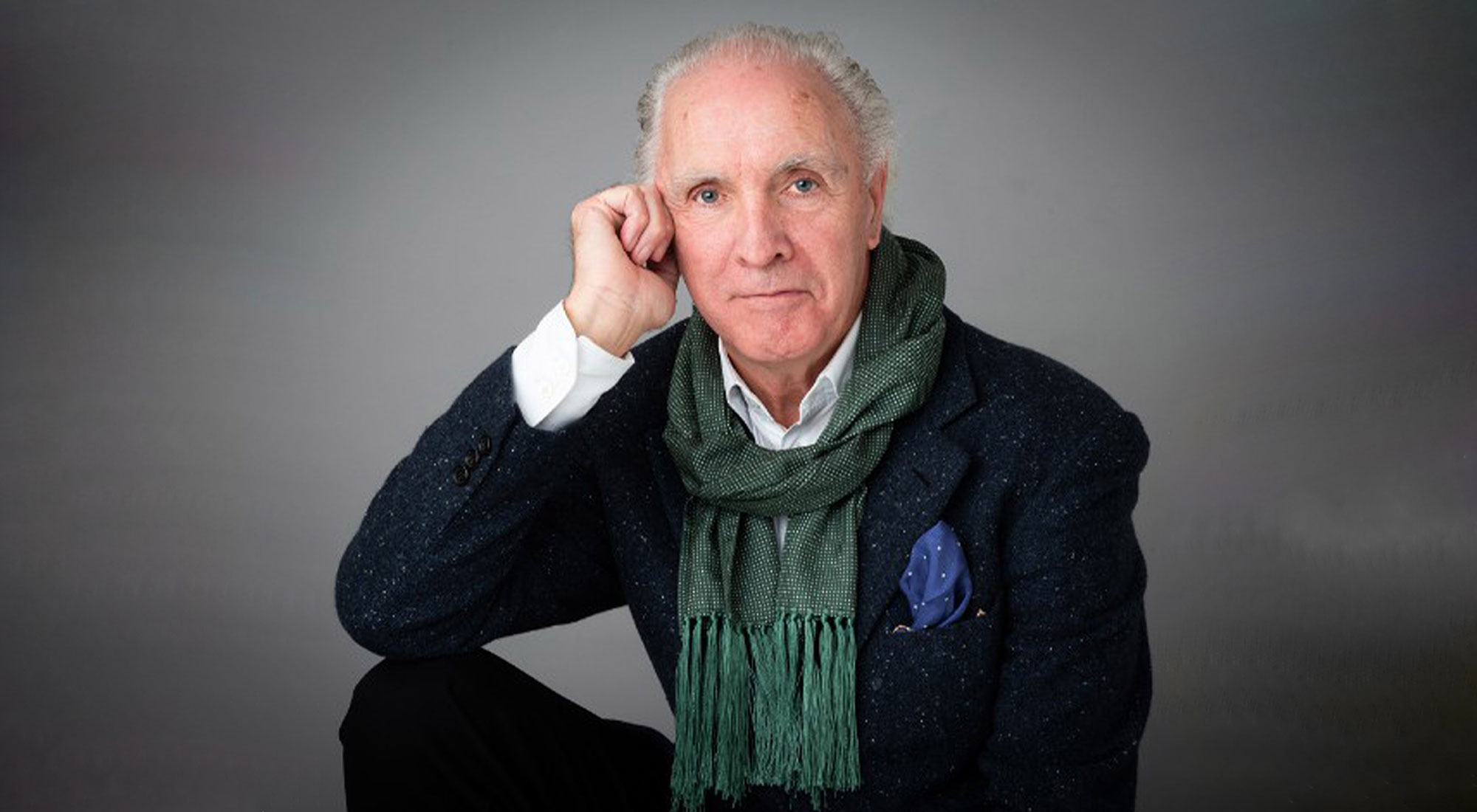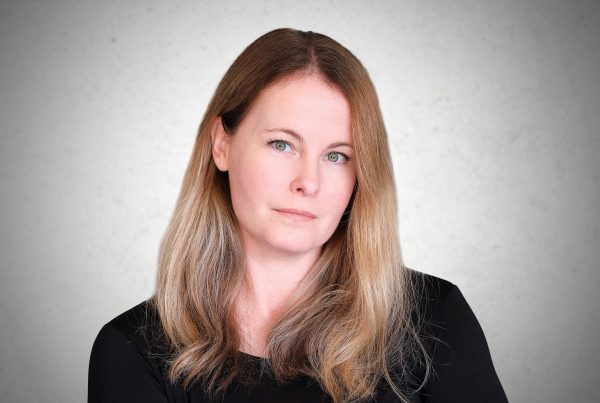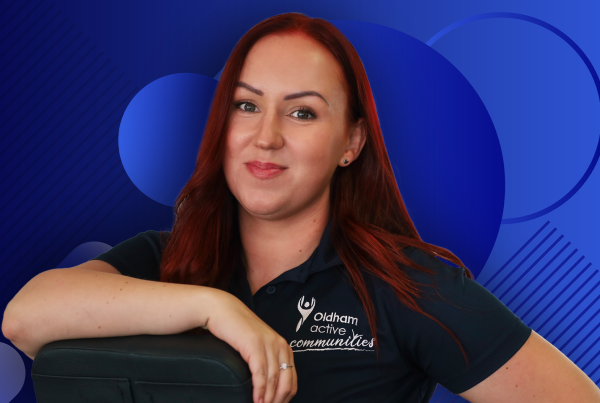By David Minton, Director, The Leisure Database Company
In 2019 there were more than 14.3 million Baby Boomers in the UK, making it the largest generational group. Boomers, born between 1946-1964, are aged 57 to 75 today, in 2021. Boomers do not want to get old – I’m a boomer, I should know! That’s my first qualification to write this article.
Boomers follow the Silent Generation, 1928-1945, and the Greatest Generation, defined as people born from 1901 to 1927. The latter was my mum’s generation, being born in 1923. My second qualification for writing this article is helping my mum extend her disease- and injury-free life by 15 years, living a full life till 97 years old. Mum compressed an impaired-quality of life into her last six months, compared to average morbidity – quoted by World Health Organisation and the NHS – of 17 years.
Local authorities like Sandwell Metropolitan Borough Council, where my mum lived, have improved the way social care, health, community and leisure services are brought together to support independent active ageing through social prescribing, which forms part of the NHS Long Term Plan.
Social prescribing, care homes and care packages are multi-billion-pound opportunities for the fitness industry. An ageing society means more of us will come across these terms where ‘care’ usually means feeding, washing and personal hygiene, while sitting for long hours in a chair. But not in Sandwell MBC – where the many parts of the health care systems were joined up and focused on keeping people independent, contributing to society, active and busy.
During lockdown, Power Plate and the Berkley Care Group shared the outcomes of encouraging healthy movement, including simple stretches to counter the negative effects of inactivity. Over 12 weeks, six homes and about 250 residents were involved in the programme, and key outcomes were tracked. Measurable improvements to functional independence, activities of daily living and fall prevention were achieved in as little as five minutes of vibration training a day.
Research papers show the older you get the more likely you are to be inactive, but it doesn’t have to be that way. Research presented at the cardiology conference, ESC Congress 2021, from a study of 33,576 patients with an average age of 62, showed that it’s never too late to start exercising to reduce the risk of dying from heart disease.
As Daniel Lieberman from Harvard University points out, more research is required to understand the ‘dose’ of activity that switches from being a negative feedback loop to being a positive one where exercise becomes necessary and fun. Declining muscle mass is part of ageing, but that does not mean you are helpless to stop it.
The Kings Fund estimates that the Government spends around £22bn on adult social care on behalf of around 850,000 in care homes or being kept independent in their own homes. The trend, budget and numbers involved are set to rise, as the older population is growing faster than the working age population. The sector is four times larger financially than the fitness sector and yet is generally ignored by its smaller neighbour which could contribute so much.
In February 2021 the Department of Health and Social Care published the White Paper, Integration and Innovation: working together to improve health and social care for all. The government has yet to announce the details of how the new funds will be spent but the potential savings are becoming obvious. The UK National Institute for Health & Care Excellence states that if people lose weight, drink less alcohol and become more active it could save the care budget up to £3bn a year.
If the fitness industry grew its membership base from the current 1% to 15% of members aged over 65 it would double the value and size of the industry. It would also become a major partner with local care provision. Are training providers ready to upskill for this specialist generational gold mine where health and activities merge? It seems appropriate to ask if the industry’s Curriculum Vitae – Latin for ‘course of life’ (how apt) – will be ready.
Ageing is now the predominant cause of disease worldwide and yet it remains poorly understood. Two fitness suppliers, Keiser and Power Plate, join Harvard Health and American Society for Bone and Mineral Research in publishing a considerable amount of research on older adult fitness, including fall prevention, increasing bone density, preventing and controlling osteoporosis and increasing strength and muscle mass, to name a few.
The NHS guidelines are very specific: adults are 19-65 years old – for older adults the NHS encourages some type of physical activity every day and the more you do the better. These guidelines, along with retirement ages (currently 66 for both men and women in the UK, which will rise to 67 by 2028 and 68 by 2037), perpetuate and sustain the myth that 65 is old when it’s not.
The national conversation following the pandemic needs to move to how we can age better and how we ensure the fitness industry can engage an older audience.
As people move from a work-life balance to a healthy movement-life balance, staying fit and healthy is crucial to enjoy this age of perfection, yet where and what to do for the best? Improving personal fitness levels could be COVID-19’s greatest gift as new industries spring up to cope with the pent-up demand.
ukactive and partners will host a special webinar called Supporting Healthy Longevity, at 10am (BST), 7 October 2021. To register click here.
Disclaimer: Any views or opinions expressed are solely those of the author and do not necessarily represent those of ukactive.




